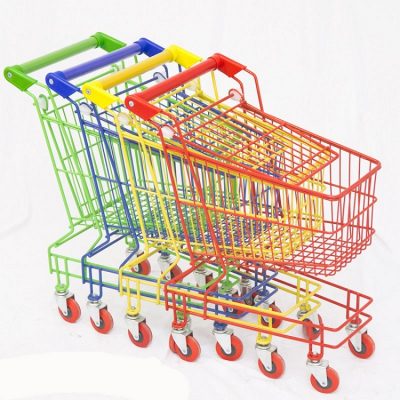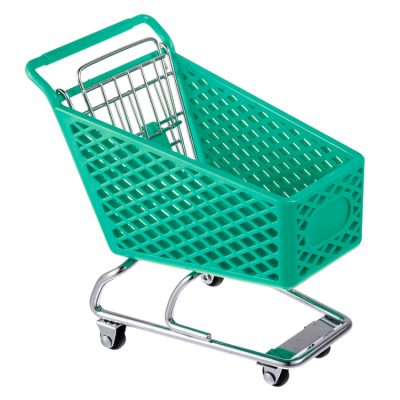1. Efficient Material Movement: Platform trolleys enable the swift and efficient movement of materials, reducing the time and effort required to transport items from one location to another. This efficiency leads to increased task completion rates.
2. Batch Processing: Group similar tasks that require trolley use together and process them as batches. This minimizes the time spent switching between different activities and allows employees to focus on completing tasks more efficiently.
3. Reduced Manual Handling: Manual lifting and carrying of heavy items can be time-consuming and physically taxing. By using trolleys, employees can avoid these strenuous activities, leading to less fatigue and improved overall productivity.
4. Faster Restocking and Replenishment: In retail settings, platform trolleys can be used to quickly restock shelves and replenish items on display. This reduces the time products are out of stock and ensures a consistent shopping experience for customers.
5. Streamlined Inventory Management: Efficient material movement with trolleys contributes to better inventory management. Items can be quickly transported to storage areas, reducing the time spent searching for and handling products.
6. Quick Order Fulfillment: In warehouses or distribution centers, platform trolleys aid in picking and packing orders efficiently. Items can be moved to packing stations swiftly, accelerating the order fulfillment process.
7. Multi-Item Transport: Platform trolleys allow the simultaneous transport of multiple items, minimizing the number of trips needed. This saves time and increases throughput, especially in tasks that involve moving a variety of goods.
8. Improved Organization: Trolleys contribute to a more organized workspace. Items can be neatly arranged on trolleys, making it easier to locate, access, and transport them. This organization streamlines tasks and reduces downtime caused by searching for items.
9. Employee Comfort and Motivation: By providing tools like platform trolleys, you create a more comfortable work environment for employees. Comfortable and efficient tools contribute to higher morale and motivation, which can positively impact productivity.
10. Process Optimization: Integrate trolleys into your workflow to optimize processes. Designate specific trolleys for certain tasks to ensure they’re readily available when needed, eliminating unnecessary delays.
11. Rapid Setup and Teardown: Trolleys equipped with the right tools or materials can be set up quickly for specific tasks and then easily cleared away. This minimizes setup and teardown time, making employees more productive.
12. Safety and Ergonomics: Using trolleys reduces the risk of workplace injuries associated with manual lifting. Safer working conditions lead to less absenteeism due to injuries, ensuring a consistent and productive workforce.
13. Continuous Improvement: Encourage employees to provide feedback on trolley usage and suggest improvements. This fosters a culture of continuous improvement, where even small adjustments can contribute to enhanced productivity.
14. Employee Training: Offer training on proper trolley usage and best practices. When employees are knowledgeable about using trolleys effectively, they can work more efficiently and avoid unnecessary mistakes.
By integrating platform trolleys into your work processes, you empower your employees to accomplish tasks more efficiently, reduce physical strain, and create a more organized and productive workspace. This ultimately contributes to a positive work environment and improved overall performance.



















